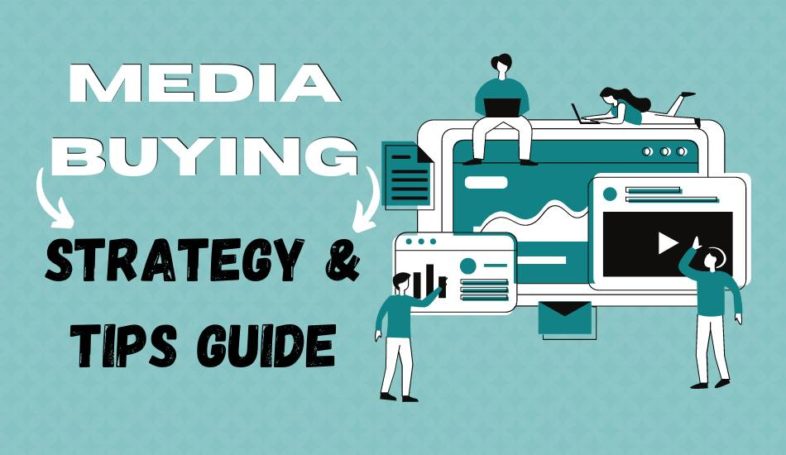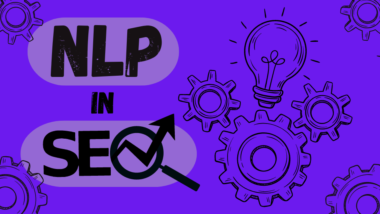Here’s My Media Buying Strategy – Let’s Get Going With This Comprehensive Guide!
Welcome my readers and friends to this comprehensive guide on crafting a successful media buying strategy. A must read for individuals and businesses navigating the dynamic landscape of advertising. In this era of marketing evolution, understanding the intricacies of media buying has become pivotal.
Whether you’re a seasoned media buyer or just starting, this guide covers essential aspects such as media planning, programmatic buys and direct buys.
From manual buys to algorithm enabled purchases, we dive into negotiation tactics, ad fraud prevention, and the significance of unified measurement. Learn how to enhance marketing ROI through strategic negotiation, bid management on platforms like AdWords, and ensuring added value in every ad placement.
Below we explore the ever evolving world of media buying, offering practical tips to establish your audience, navigate privacy challenges, and analyze campaigns effectively. Stay tuned for valuable insights that will elevate your game to new heights.
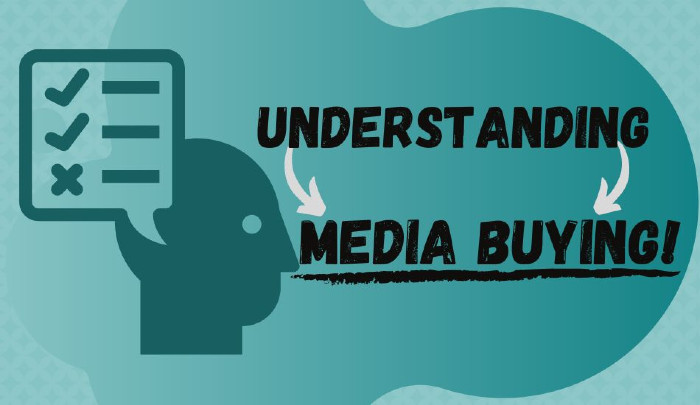
Understanding Media Buying
Understanding the nuances of media buying is crucial for effective advertising strategies. As a media buyer, you’re presented with various avenues, each requiring unique approaches. Let’s explore the different types to help you make informed decisions tailored to your campaign goals.
Direct Buys: Navigating Personal Connections
Media Buying Defined: Direct buying involves establishing direct relationships with publishers or media outlets to secure ad space. It’s a personalized approach that fosters collaboration and negotiation.
Step-by-step Process: From Requests to Selection
- Media Kit Requests: Reach out to publishers for detailed information on ad spaces.
- Ad Selection: Carefully choose placements that align with your campaign goals and resonate with your target audience.
Programmatic Buys: Unleashing Automation for Efficiency
Unveiling Programmatic Media Buying: In the digital age, programmatic media buying leverages automated platforms and real time bidding to streamline the ad purchasing process.
Automated Platforms and Real Time Bidding
- Automated Platforms: Explore AI-driven platforms that use algorithms to match advertisers with relevant ad space.
- Real-time Bidding: Engage in live auctions for ad space, allowing you to bid on impressions in real time.
Understanding these methods empowers you to choose the right approach for your campaigns. Whether building personal connections through direct buys or harnessing the efficiency of programmatic buys, the key lies in aligning your strategy with your specific advertising goals. Let’s move on for more insights into media planning and effective negotiation tactics in the next section.
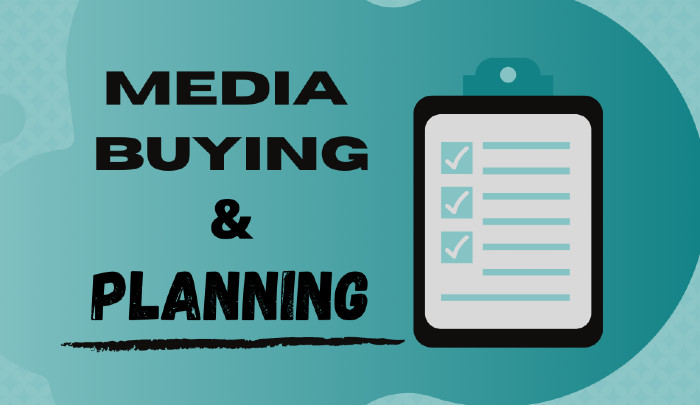
Distinguishing Media Planning and Media Buying
With advertising, the tandem of media planning and buying plays a pivotal role. While often used interchangeably, they represent distinct phases in the journey toward a successful campaign. Let’s unravel the intricacies and understand how they contribute to crafting compelling marketing strategies.
Media Planning Overview: A Blueprint for Success
Definition and Key Components:
Media planning serves as the blueprint for your advertising endeavors. It involves meticulous research, budget allocation, understanding your target audience, and aligning these factors with your campaign goals. This proactive approach lays the groundwork for a robust media buying strategy.
Integration of Research, Budget, Audience, and Campaign Goals:
- Comprehensive Research: Dive deep into market research to identify trends, consumer behaviors, and competitors.
- Budget Allocation: Strategically allocate resources to optimize reach and frequency within your target audience.
- Audience Understanding: Define your audience segments and tailor your messaging to resonate with them.
- Aligning with Campaign Goals: Every aspect of media planning should align with your overarching campaign objectives.
Media Buying in Action: Executing the Paid Media Plan
Execution of the Paid Media Plan:
Once the media plan is in place, it’s time to put it into action. This involves selecting, negotiating and managing ad placements to maximize campaign effectiveness.
Selecting, Negotiating, and Managing: The Media Buying Workflow
- Strategic Selection: Choose media outlets and platforms that align with your target audience and campaign objectives.
- Negotiation Tactics: Employ effective negotiation strategies to secure favorable terms and rates.
- Efficient Management: Monitor and manage the purchased media to ensure optimal performance and adapt as needed.
Understanding the synergy between media planning and buying is vital for a seamless and successful advertising strategy. Read on for a step by step guide to navigating the media buying process, where we will dive into the intricacies of reviewing the media plan, developing target lists and making informed media purchases.
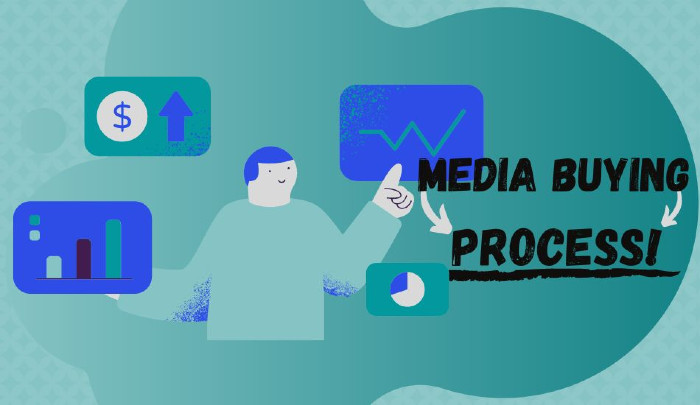
Navigating the Media Buying Process
Starting your journey of media buying requires a strategic and systematic approach. In this section, we’ll guide you through the step by step process to ensure your efforts align seamlessly with your campaign objectives.
Step-by-step Guide to Effective Media Buying
- Reviewing the Media Plan:
Before diving in, meticulously review your media plan. Ensure it aligns with your overall marketing strategy, target audience and campaign goals. This step lays the foundation for a focused and effective buying process.
- Developing a Target List:
Identify and compile a list of media outlets and platforms that resonate with your audience and align with your campaign objectives. Consider factors like audience demographics, reach and engagement metrics.
- Sending and Evaluating RFPs:
Send out Requests for Proposals (RFPs) to potential media partners. Carefully evaluate the responses, looking for alignment with your goals, audience and budget. This phase is critical for establishing transparent communication and setting expectations.
- Making Informed Media Purchases:
Armed with responses from media partners, make informed decisions based on factors such as pricing, audience reach, and the potential for engagement. Consider negotiating terms to ensure you get the best value for your investment.
- Insertion Orders and Creative Development:
Once decisions are made, proceed with the creation of insertion orders. Clearly outline the terms and conditions to avoid misunderstandings. Simultaneously, work on developing creative assets that align with the chosen media outlets.
- Tracking and Analyzing Results:
Implement robust tracking mechanisms to monitor the performance of your media placements. Analyze key metrics aligned with your campaign goals, such as impressions, click-through rates and conversion rates. Use this data to refine your strategy for ongoing success.
Alright, so in this next section I would like to explore strategies for effective media buying. Including aligning with Key Performance Indicators (KPIs), leveraging Request for Proposals (RFPs), and considering the role of media buying agencies for optimization.
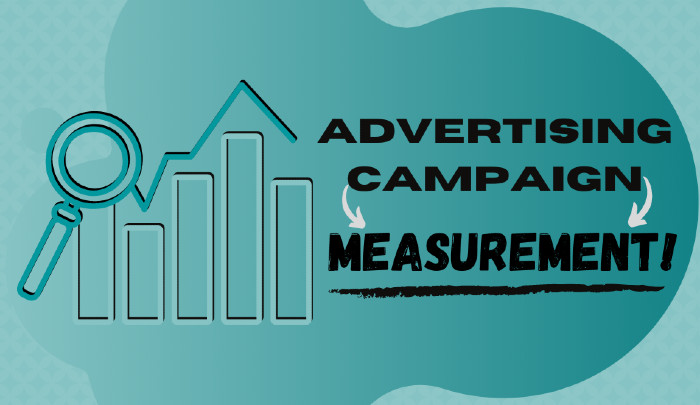
Strategies for Effective Media Buying
Crafting a successful media buying strategy goes beyond the transactional aspect; it involves aligning with key performance indicators (KPIs), leveraging request for proposals (RFPs), and considering the expertise of these agencies. Let’s dive into practical strategies to elevate your media game.
Aligning with Key Performance Indicators (KPIs)
Understanding your campaign’s success requires clear alignment with Key Performance Indicators (KPIs). Whether it’s brand awareness, lead generation, or conversion rates, selecting and tracking relevant KPIs ensures your media buying strategy is in sync with your broader marketing objectives.
Leveraging Request for Proposals (RFPs)
The power of Request for Proposals (RFPs) lies in transparency and informed decision making. Use RFPs to solicit detailed proposals from potential media partners. Evaluate responses based on factors like audience insights, pricing models, and added value to make well informed choices.
Considering the Role of Media Buying Agencies for Optimization
Many agencies bring specialized knowledge and industry insights to the table. Consider collaborating with these experts to optimize your media buying strategy. Their negotiation skills, market knowledge, and existing relationships with media outlets can enhance your overall campaign efficiency.
Incorporating these strategies into your approach ensures a holistic and goal oriented strategy. In the upcoming section, we will cover the types of media purchased, and the evolving role of data in modern media buying.
Current Media Buying Trends and Future Considerations
You already know that this landscape is continually evolving, shaped by technological advancements and changing consumer behaviors. In this section, we’ll explore the current trends and future considerations that are reshaping the way advertisers approach their strategies.
Exploring Video Marketing
Video marketing has emerged as a powerful trend, capturing audience attention in a dynamic way. From short form content on social media to long form storytelling on streaming platforms. Incorporating video into your media buying strategy enhances engagement and allows for immersive brand experiences.
Navigating Mobile Gaming Advertising
With the rise of mobile gaming, advertisers are finding innovative ways to connect with audiences in the gaming sphere. In-app ads, sponsored content, and strategic partnerships with game developers present unique opportunities to reach a diverse and engaged demographic.
Addressing Privacy Challenges and Embracing Unified Measurement
Privacy considerations are at the forefront of numerous discussions. Advertisers must navigate privacy challenges by ensuring compliance with regulations and implementing transparent data practices. Unified measurement, integrating data from various channels into a cohesive analysis, emerges as a solution for comprehensive campaign evaluation while respecting user privacy.
As you craft your media buying strategy, staying abreast of these trends and considering future developments will position you to adapt and thrive in the ever changing digital landscape.
In the concluding section, we’ll summarize key insights and underscore the importance of a strategic media buying approach in today’s dynamic marketing environment. Stay tuned for valuable takeaways to optimize your advertising endeavors.
Crafting Your Unique Media Buying Strategy
In this comprehensive guide, we’ve gone into the intricacies of buying media, from understanding different buying types to executing a strategic plan. Now, let’s distill key insights for crafting your unique media buying strategy.
Summary of Key Insights
We explored the fundamental concepts of media buying, including direct and programmatic buys, the synergy between media planning and buying, and a detailed guide for navigating the buying process. Understanding the importance of aligning strategies with key performance indicators, leveraging RFPs, and considering media buying agencies provides a solid foundation.
Emphasizing the Importance of Strategic Media Buying
The strategy behind buying media is not just a transaction, it’s a dynamic process aligning with marketing evolution. The integration of video marketing, mobile gaming advertising, and addressing privacy challenges highlights the need for adaptability and foresight.
Encouraging Businesses to Optimize Their Approach for Maximum Impact
Continuously optimize your approach! Stay informed about current trends, consider future developments, and prioritize a data-driven, audience-centric strategy. Remember, crafting a unique media buying strategy is the key to maximizing impact in today’s dynamic marketing landscape.
Armed with these insights, you’re well equipped to navigate the complex world of media buying. Implement these strategies, stay agile, and watch your campaigns flourish in the ever evolving world of digital advertising. Happy strategizing!
Alright there we are with my media buying strategy! Hopefully this guide was useful for you and if you have a comment, give one below!
Media Buying FAQs: Navigating the Landscape
Being a media buyer can bring forth a multitude of questions. Here, we address some of the most pertinent queries to help you navigate the dynamic landscape of media buying effectively.
What Types of Media Can I Purchase Through Media Buying?
Media buying opens doors to various channels. Traditional options like television and radio, digital platforms such as social media, websites, and emerging avenues like influencer partnerships and podcast sponsorships are all accessible. Understanding the diversity in media types empowers you to tailor your strategy to channels that resonate best with your target audience.
What Common Mistakes and Pitfalls Should I Avoid?
Avoiding pitfalls is crucial for success. Common mistakes include neglecting thorough research, overlooking negotiation opportunities, and failing to adapt to evolving audience behaviors. Vigilance against fraudulent sites and click farms ensures your budget is invested in genuine engagements that contribute to your campaign goals.
How Has Data Evolved in Modern Media Buying?
Data is integral to modern media buying, transforming how advertisers make decisions. The use of aggregate data, AI, and algorithm enabled technologies enables precise targeting, ensuring your ads reach the right audience. Embrace data analytics to continually refine your strategy and achieve optimal results!

